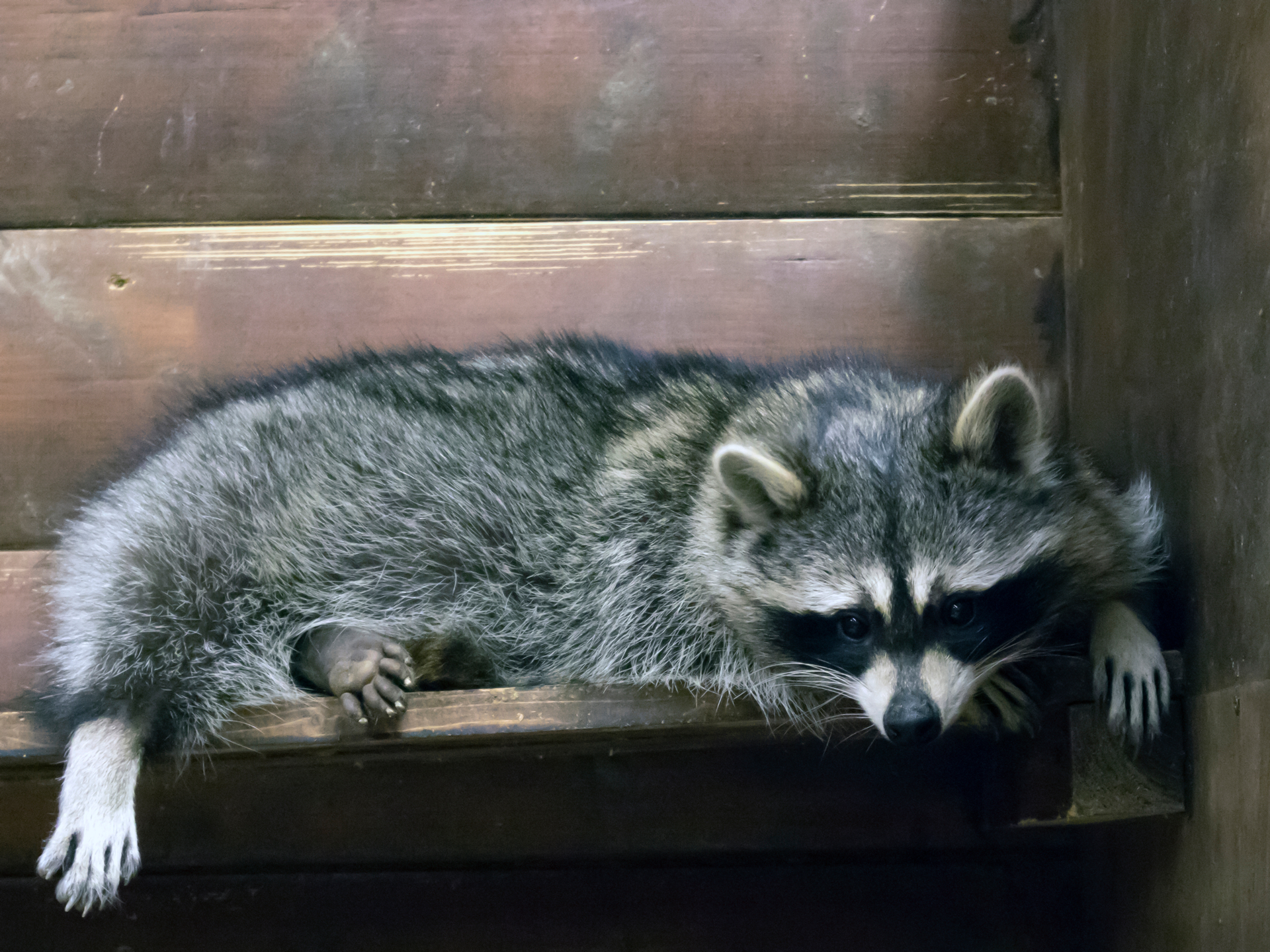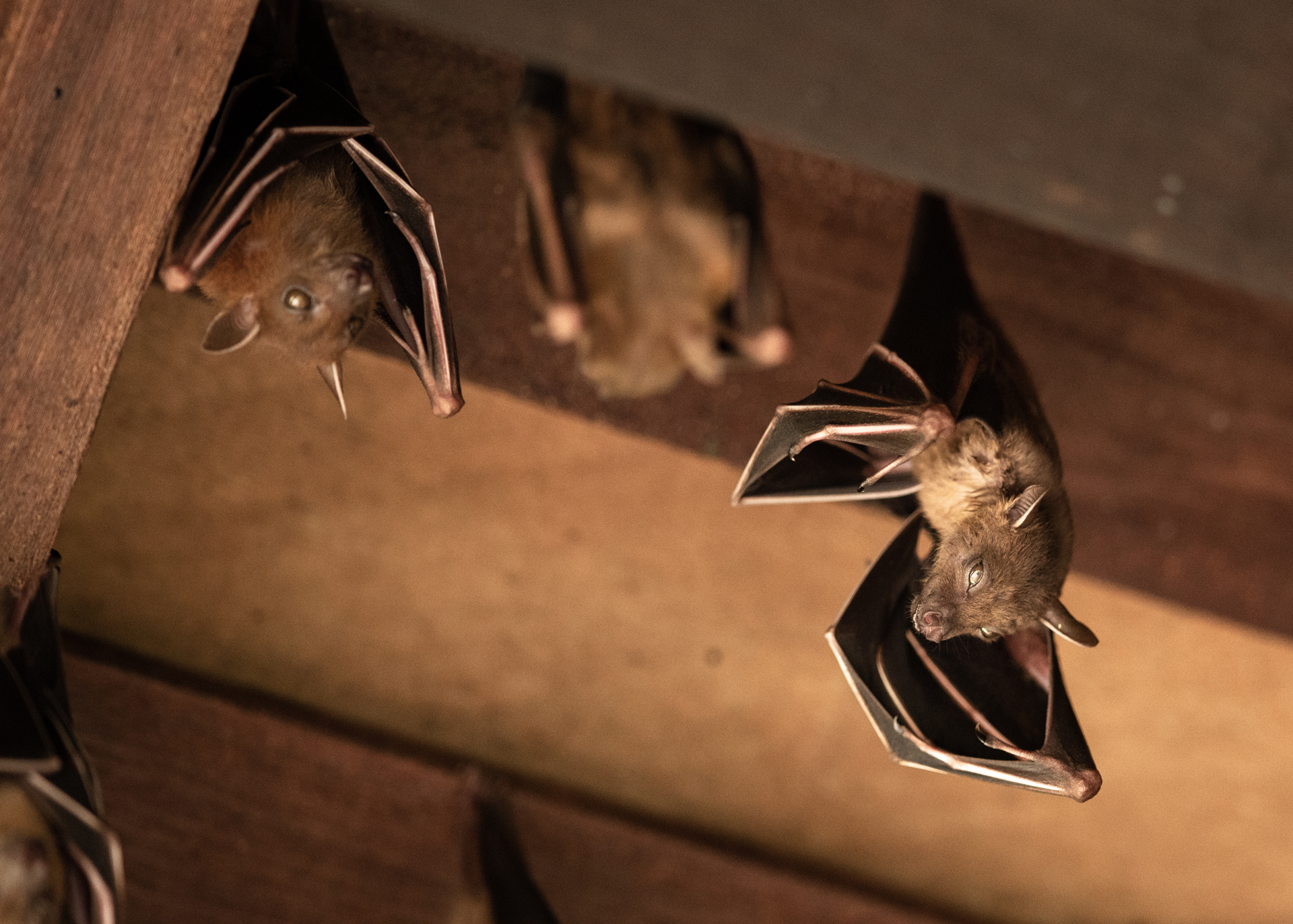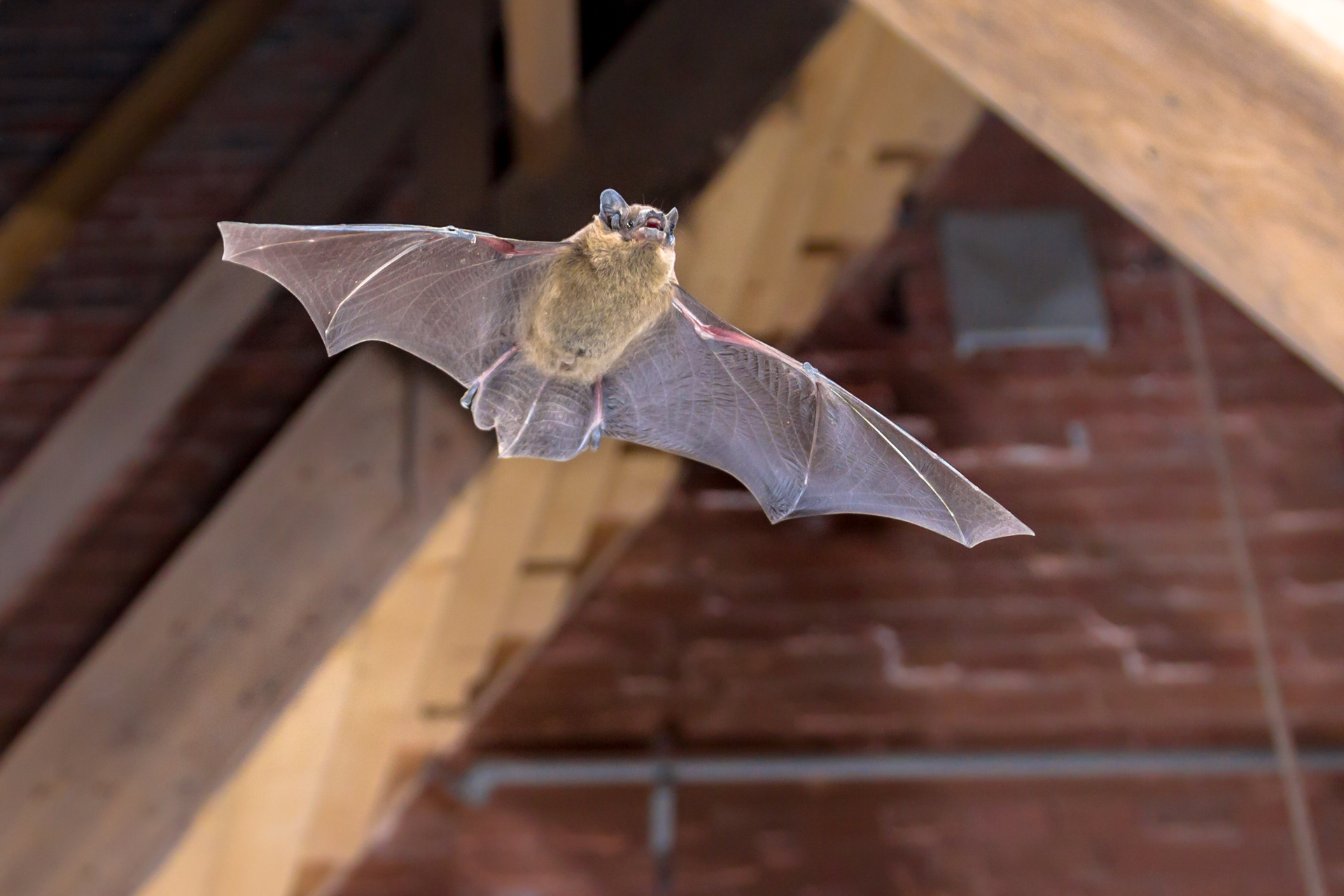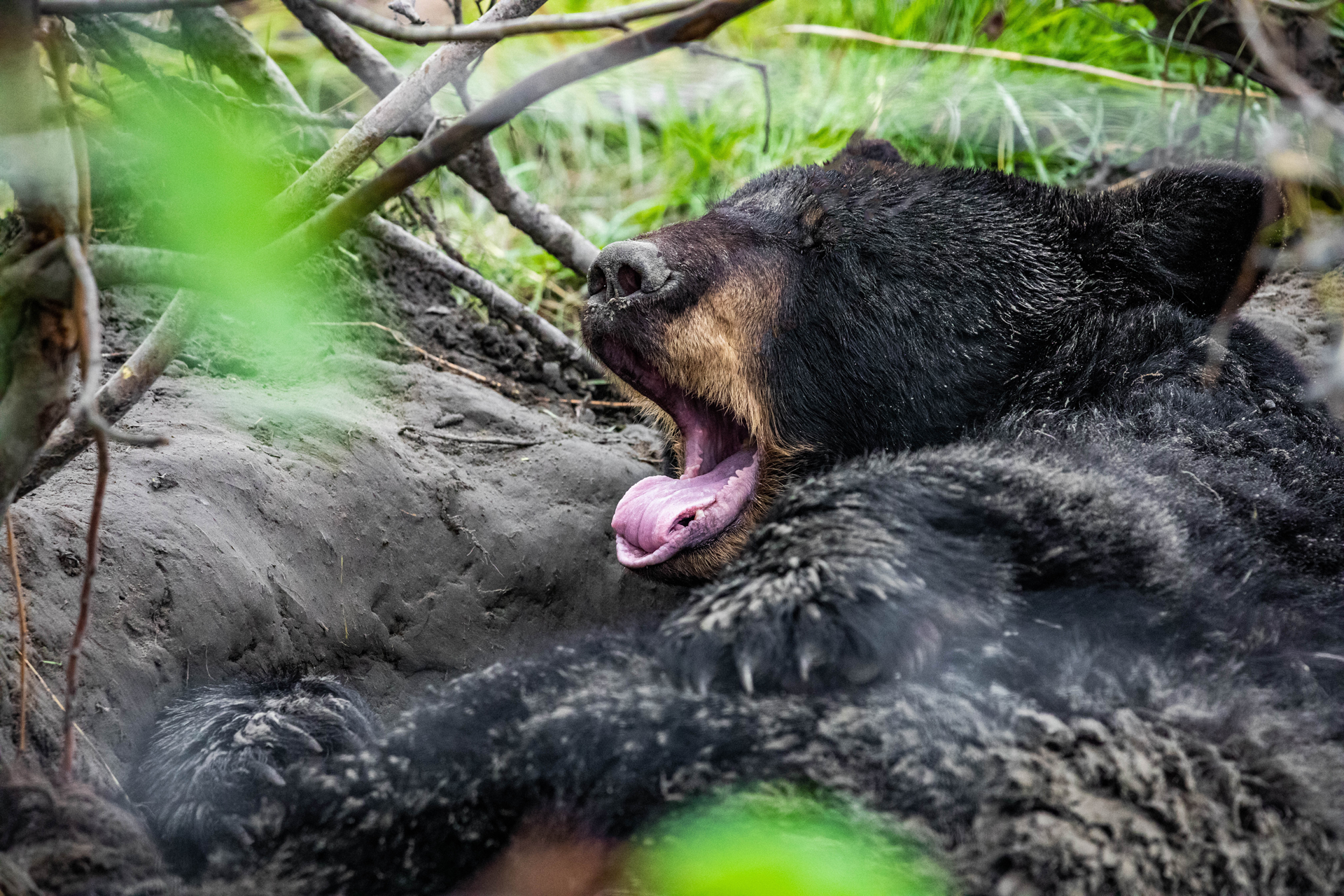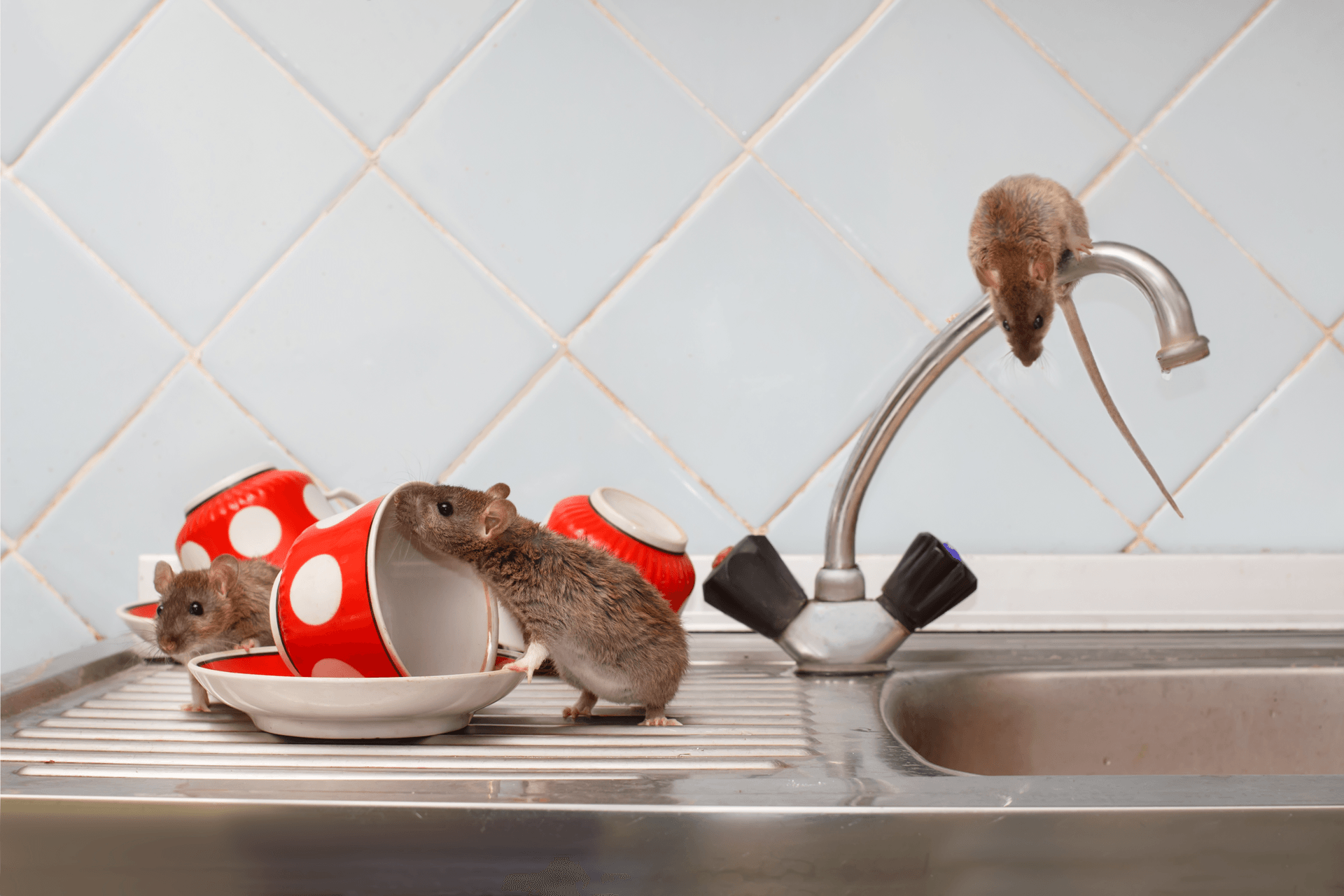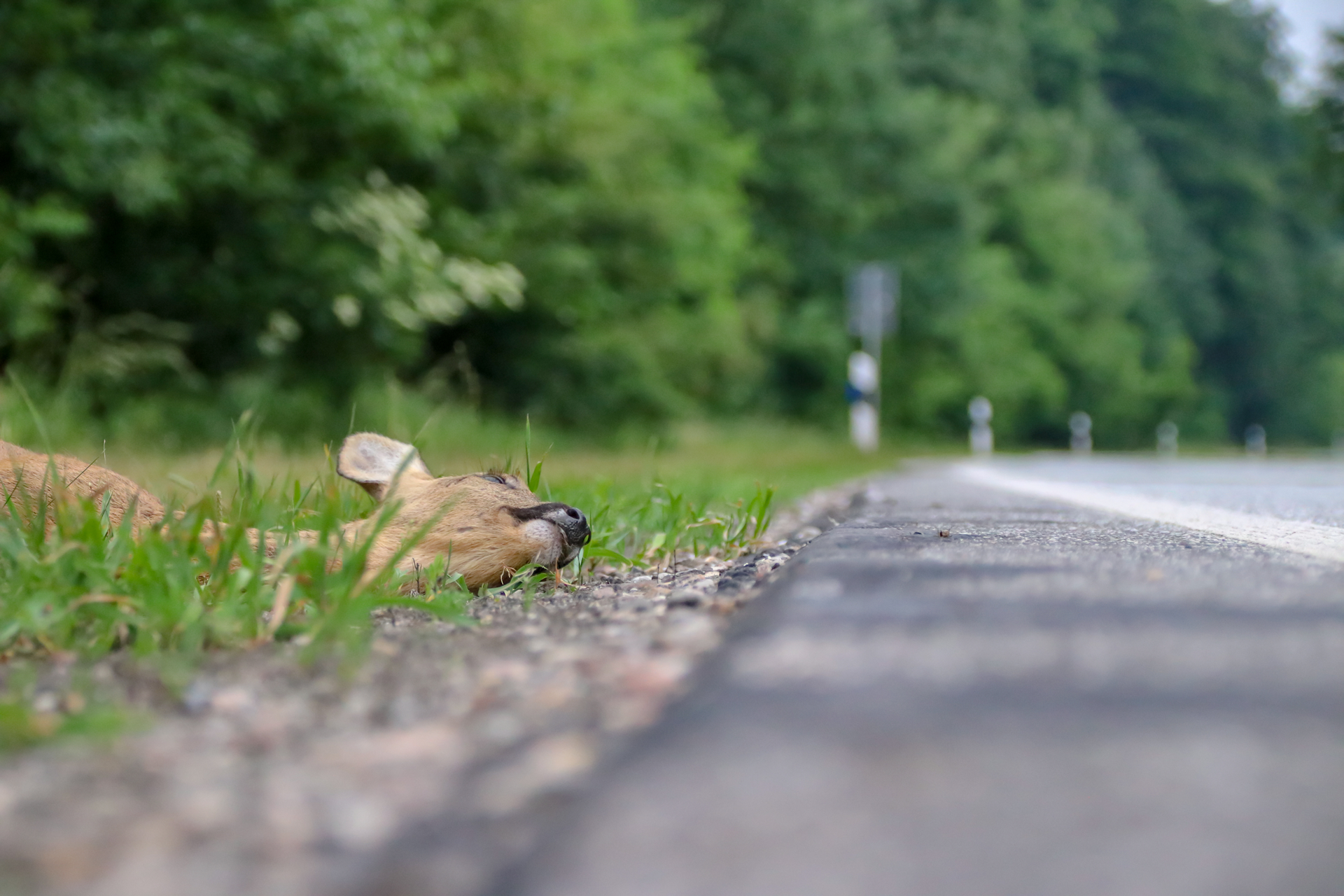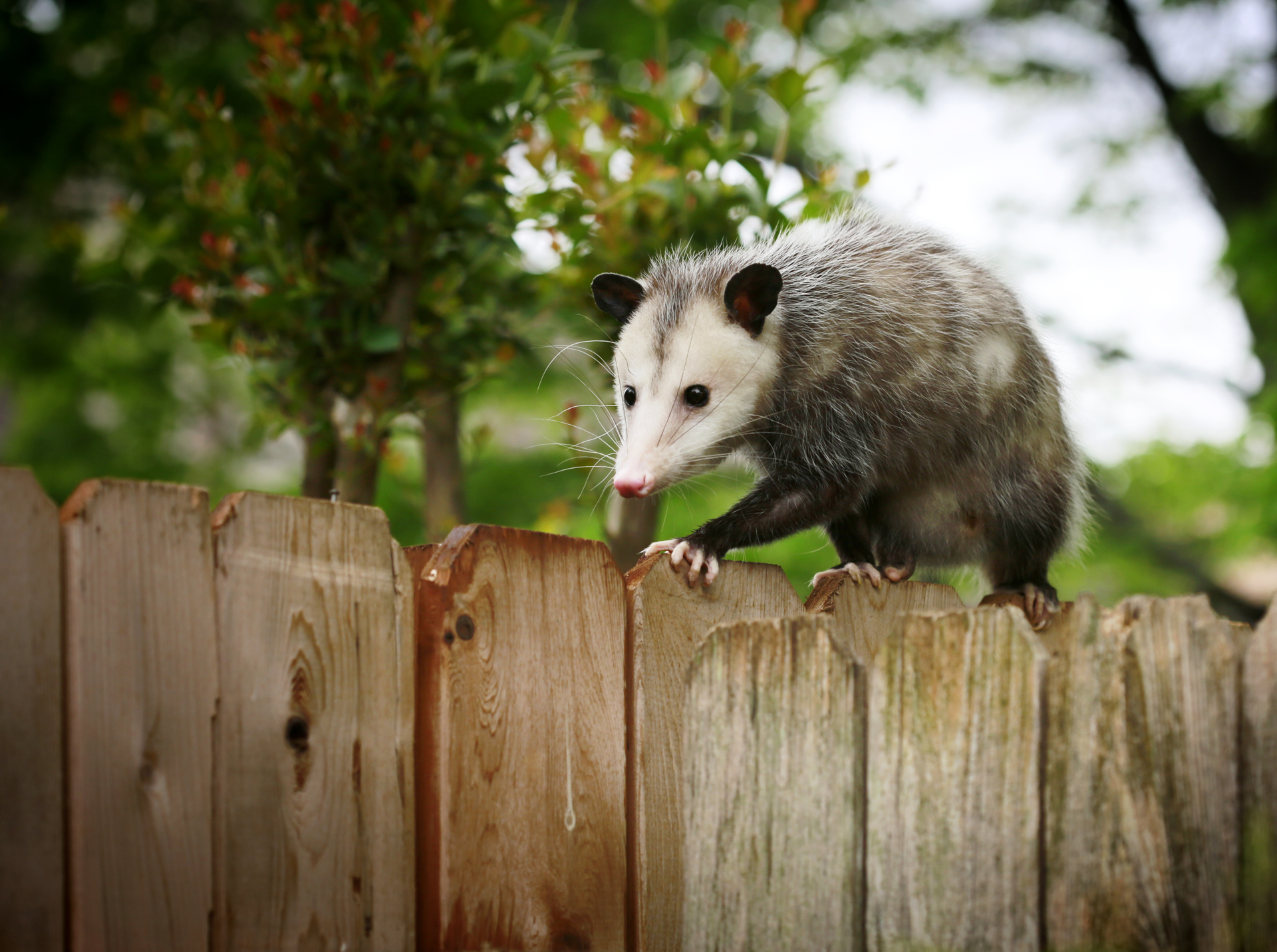Understanding Wildlife Activity
Seasonal Changes And Wildlife Activity
Spotting a wild animal out of place can be alarming. Humans and wild creatures simply weren’t made to mix, and for the most part, we both keep our distance. But certain times of the year, animals have different habits or behavioral patterns that make them more likely to roam or run into human spaces. It’s good to be aware of the seasonal changes that can put you near wildlife.
There are more than 650 different species of birds in North America, and over half go on an annual migration to areas with more plentiful resources. Since Arkansas is in the Northern Hemisphere, birds here migrate northward in the spring, seeking out plants that are just starting to bud, insects emerging from their eggs, and areas to nest that are still up for grabs. Arkansas sits in a pathway of birds moving between hemispheres, and we tend to see quite a lot in transitional seasons. The ruby-throated hummingbird and certain types of buntings and warblers are ones bird-watchers tend to seek out, but with the beauty comes the beast. Crows, sparrows, and starlings look for new homes in the spring, and if your home is on the list, they may never leave. These three pests can leave a trail of destruction in your yard, and disease carrying feces in your home.
The main reasons wild animals approach human habitats are that they’re looking for food or shelter. Just like humans, animals want a place to keep warm in the winter. Even semi-aquatic animals like beavers, muskrats, and otters have changes to their bodies and habits based on the season. For instance, beavers are much larger during the summer because they shrink during the winter as they are lower in body mass but develop a thicker coat. None of those animals migrate or hibernate and are instead active year-round, gnawing away at bark and hunting for fish in the rivers. When freezing weather makes food hard to find, they travel further from their dens and can end up on your property. From afar these animals may look cute, but otters, especially, are an aggressive predator.
Of course, body size plays an enormous role in how animals react to temperature changes. Larger animals can fast for longer periods than small animals because the smaller ones tend to have faster metabolisms. Larger animals can also adjust their diets more easily, eating more flora like fruit, vegetables, and nuts in the summer and more fauna like small animals and bugs in the winter. It’s in the winter that the large mammals are more likely to roam around searching for food. Many larger mammals like bobcats, coyotes, and foxes that we see in Arkansas tend to be most active at dawn and dusk. They’ve also been spotted around Arkansas homes more and more often, sometimes seeking shelter below people’s decks or hunting for their pets when other food becomes scarcer.
Size also impacts where you’re likely to see the animal. For instance, rodents like mice, rats, and squirrels are very small and can squeeze into tiny holes and openings to make their way into your home or business. Your attic is the perfect spot for them to hunker down for the winter. Insulation makes for nice warm nesting material and a great place to multiply come spring. As the weather warms, you may go from seeing no signs of a problem to a full-on infestation.
Reptiles are sensitive to temperature fluctuations. Since they’re cold-blooded, they seek sunlight to warm up or shade and water to help cool them down. In the colder months, reptiles like snakes, lizards, and skinks would love to find a nice warm place like your home. However, those that don’t often sit in the middle of pathways or roads trying to get some sunshine, and because the cold makes them a bit lethargic, they are easier to stumble upon. These animals are the most active in the hotter times of the year, and especially active near your home if you have a rodent problem.
If you find yourself close to a wild animal, keeping your distance is very important because they may attack if they’re scared or startled, protecting their young, or if they’re hungry and confused. If you’ve got a nuisance wildlife problem, it’s important to call on the experts at Natural State Wildlife Solutions. We can
seal off weak points on your property and entryways the animals use to get into your home with
exclusion. Closing things off while simultaneously removing the animals is the winning formula we use. We can also repair the damage they have caused.
Contact us today for an estimate.


